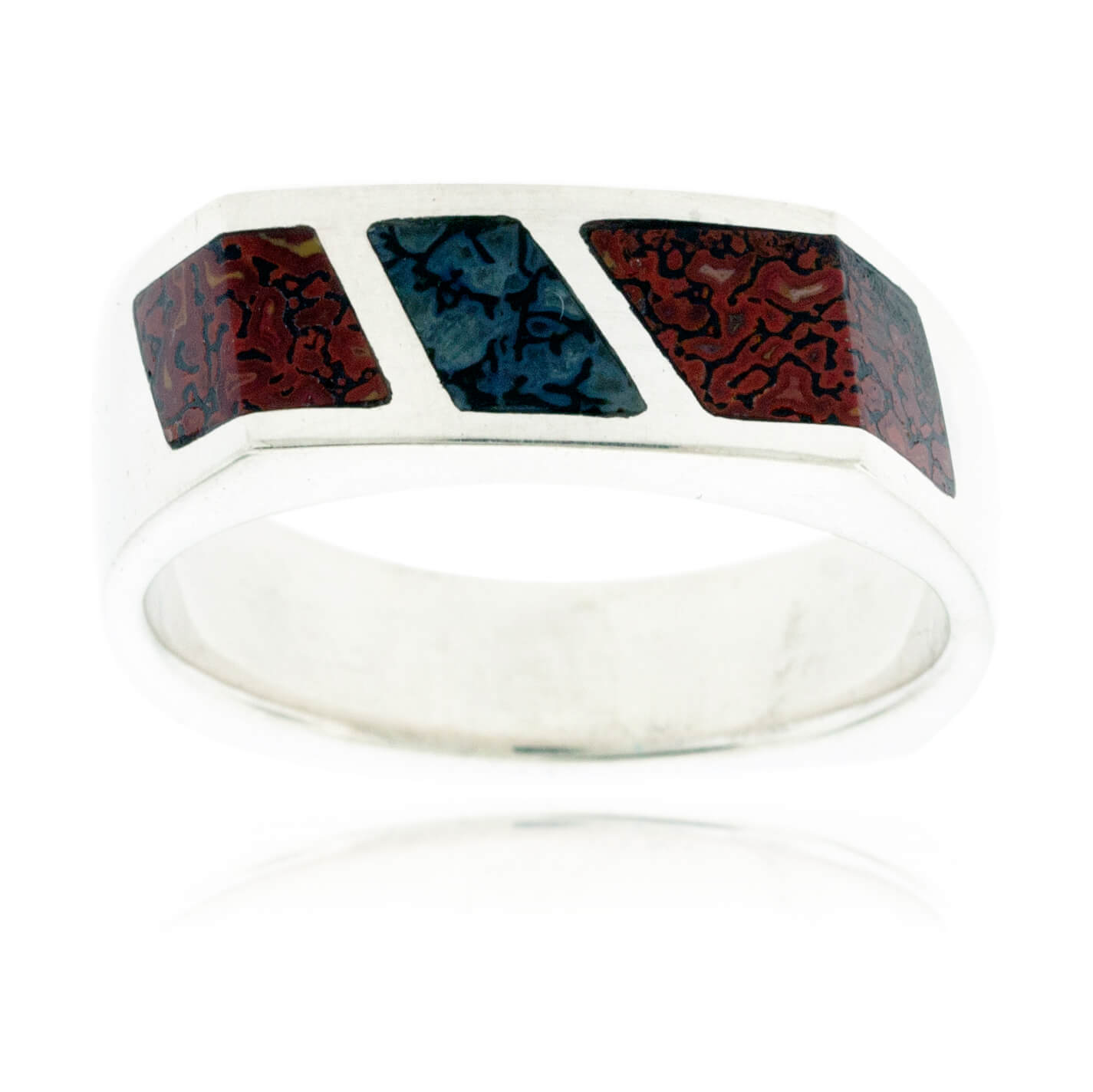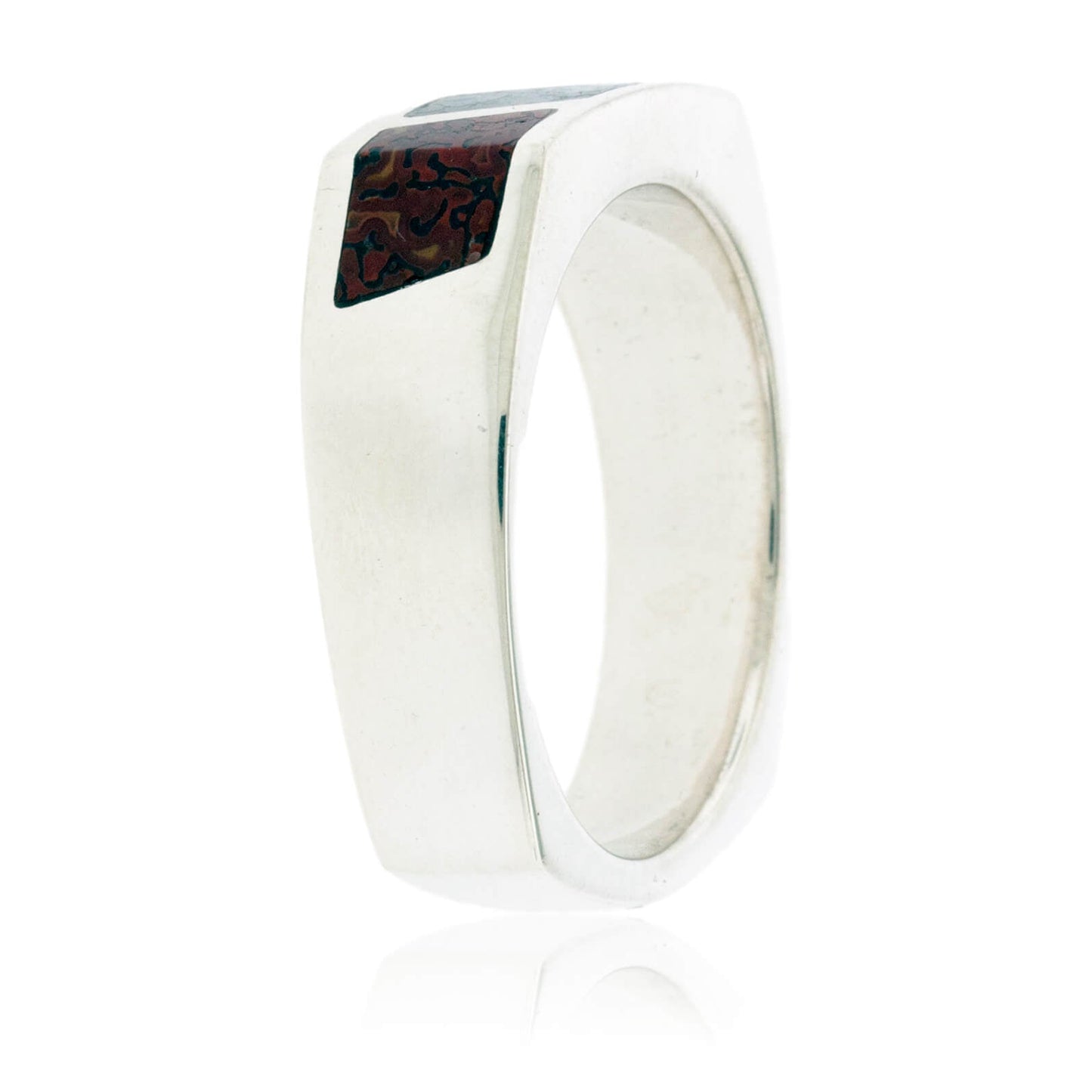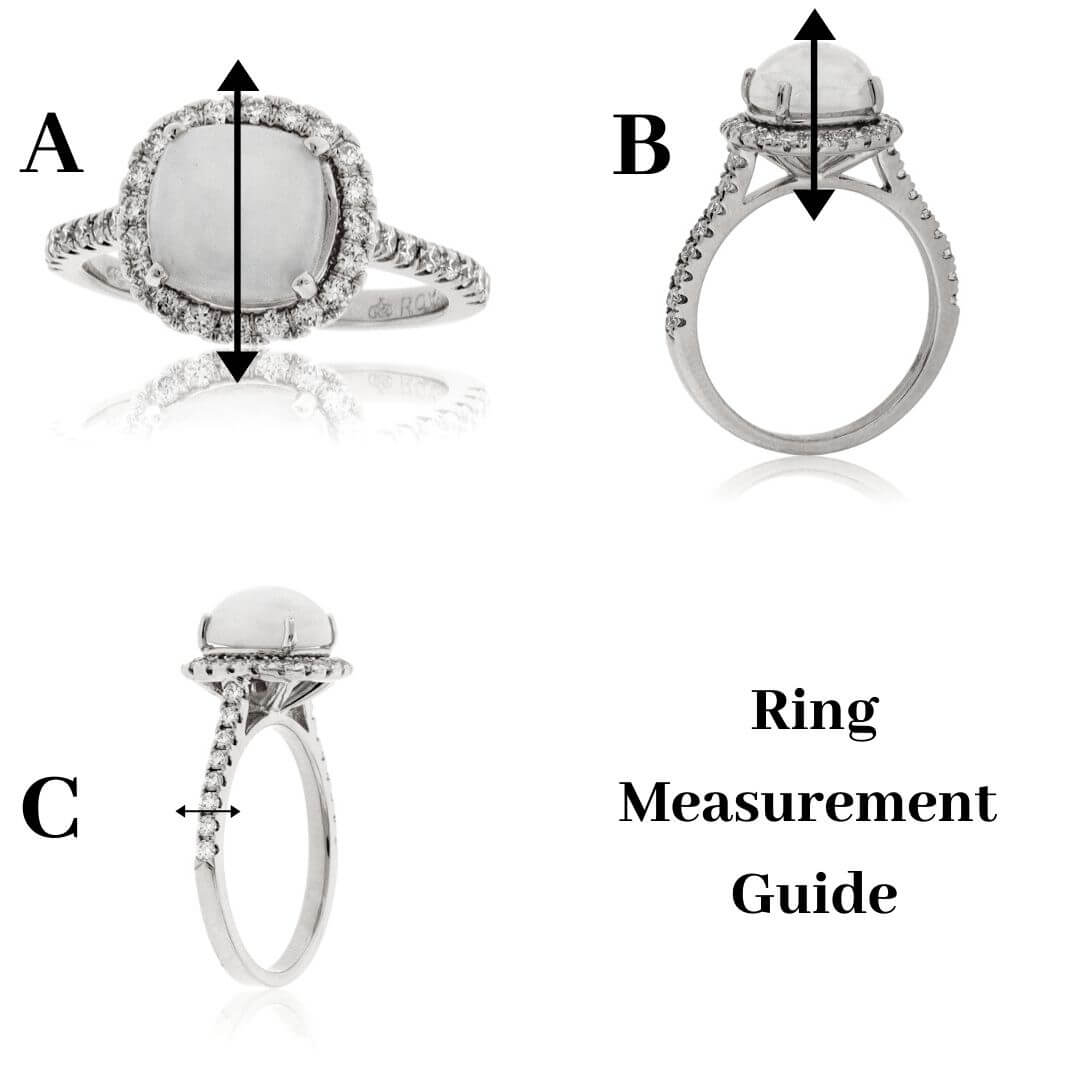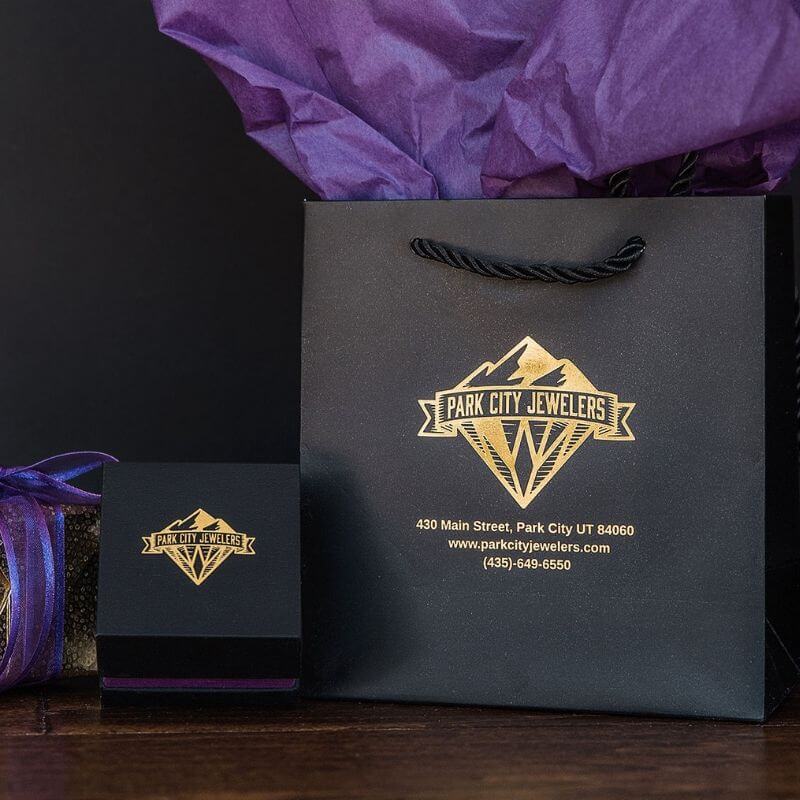




Ring Size Guide
Find Your Perfect Fit: The Park City Jewelers Ring Size Guide
We want you to absolutely love your new ring, and that begins with a perfect, comfortable fit. Finding your ring size at home is simple. Below are a few easy methods to help you order with complete confidence.

Method 1: Measure a Ring You Already Own
This is the quickest and easiest method if you have a ring that already fits the intended finger perfectly.
- Select a ring that fits well.
- Using a ruler with millimeter markings, carefully measure the inside diameter of the ring, from one side to the other.
- Use the "Diameter" column in our conversion chart below to find your corresponding US ring size.

Method 2: The String & Ruler Method
No ring that fits? No problem. This method is a great alternative.
- Take a piece of string or a thin strip of paper and wrap it snugly but not tightly around the base of the finger you want to measure.
- Use a pen to carefully mark the point where the end overlaps.
- Unwrap the string and lay it flat against a ruler. Measure the length in millimeters from the end to your mark. This is your finger's circumference.
- Find your corresponding size in the "Circumference" column of our chart below.
Pro-Tip: Your ring needs to fit over your knuckle! If your knuckle is larger than the base of your finger, measure both and choose a size in between.
The "No-Doubt" Solution: Request a Free Sizer
For absolute peace of mind and the most accurate measurement, let us send you a free, reusable plastic ring sizer. It's the most reliable way to find your perfect fit, and it's our gift to you.
Click Here to Request Your Free Ring Sizer
A Jeweler's Tips for a Perfect Fit
A ring size is a starting point, but a truly perfect fit also depends on a few important details. Keep these pro tips in mind:
- Consider the Band's Width: The single most important factor after size is the width of the ring itself. A wide band (like many of our men's trophy rings) has more surface area against your skin and will feel much snugger than a thin band of the same size. For any ring 8mm or wider, we often recommend going up a quarter or a half size for a more comfortable fit, especially over the knuckle.
- Timing is Everything: Your fingers can subtly change size throughout the day due to temperature and activity. For the most accurate measurement, it's always best to measure your finger at the end of the day when your hands are warm. Fingers are naturally smaller in the morning or when you're cold.
Size Chart
| US Ring Size | Inside Diameter (mm) | Inside Circumference (mm) |
| 4 | 14.9 mm | 46.8 mm |
| 4.5 | 15.3 mm | 48.0 mm |
| 5 | 15.7 mm | 49.3 mm |
| 5.5 | 16.1 mm | 50.6 mm |
| 6 | 16.5 mm | 51.9 mm |
| 6.5 | 16.9 mm | 53.1 mm |
| 7 | 17.3 | 54.4 mm |
| 7.5 | 17.7 mm | 55.7 mm |
| 8 | 18.1 mm | 57.0 mm |
| 8.5 | 18.5 mm | 58.2 mm |
| 9 | 19.0 mm | 59.5 mm |
| 9.5 | 19.4 mm | 60.8 mm |
| 10 | 19.8 mm | 62.1 mm |
| 10.5 | 20.2 mm | 63.4 mm |
| 11 | 20.6 mm | 64.6 mm |
| 11.5 | 21.0 mm | 65.9 mm |
| 12 | 21.4 mm | 67.2 mm |
| 12.5 | 21.8 mm | 68.5 mm |
| 13 | 22.2 mm | 69.7 mm |
| 13.5 | 22.6 mm | 71.0 mm |
| 14 | 23.0 mm | 72.3 mm |







